#iranian culture
Text
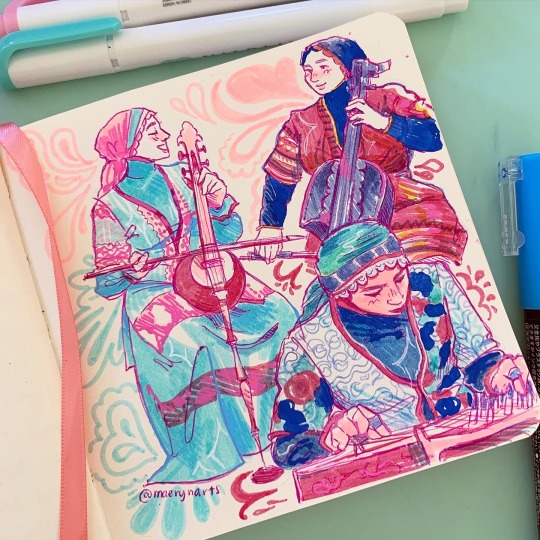


studies of musicians in rastak, an iranian folk band that i’ve been obsessed with (and a highly unsuccessful attempt to get over my jjk brainrot)
#my art#traditional drawing#traditional art#mildliners#zebra mildliners#posca pens#character art#character studies#studies#iranian folk music#iranian culture#persian culture#hijab#hijabi#doodles#sketchbook doodles#sketchbook#sketchbook page#mixed media#artists on tumblr#muslim artist#muslim representation#rastak
216 notes
·
View notes
Text
The Persian New Year begins at the end of this month and I hope that liberation comes for people this year.
May all Iranian peoples be free, may we see the death of the Perseosupremacist theofascist Iranian regime, may the pursuit of liberation drag all the bloodthirsty power-worshippers to deep cold soil and insodoing bring life and love to everyone everywhere.
May all peoples be free.
Jin, jiyan, azadi.
#free palestine#from the river to the sea#none of us are free until all of us are free#jin jiyan azadi#free sudan#free west papua#free iran#free turtle island#death to all states#nowruz#free kurdistan#free afghanistan#free iraq#Iran#Iranian culture#Iranian diaspora#anarchotahdigism
40 notes
·
View notes
Text
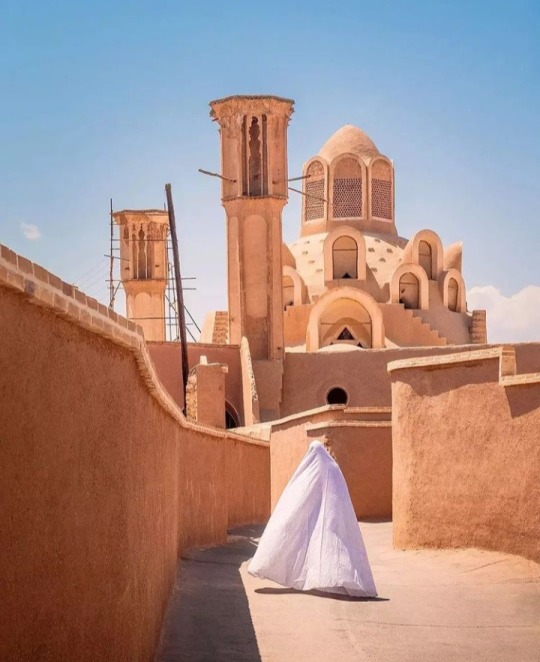

Kasha/ Iran
#iran#middle east#iranian#persian#persia#travel#farsi#art#culture#architecture#kashan#hijab#traditional house#iranian culture
832 notes
·
View notes
Text
This is so true 🫠😂
#the trick is you don’t think about the literal meaning of what ur saying#or u’ll be traumatized#i for one never use these two expressions unironically#but i’d use ghorbunet without the verb to mean ‘your welcome’#many iranians use ghorbounet before saying goodbye to end a phone call#probably bc most iranians say several goodbyes n don’t limit themselves to just one😅#so when u say ‘ghorbounet khodafez’ it means its ur last goodbye#n ur really gonna hang up after that#iran#iranian culture#farsi#persian#persian expressions#being polite in farsi
13 notes
·
View notes
Text
Jafar Panahi and "the Border"

The new film by Jafar Panahi “No bears” (خرس نیست) is the point of intersection of many social, political, cultural, and personal issues. Although, Panahi once commented in interview that one “mustn’t look at a film with only one point of view”, I would like to concentrate on my own perception of the movie. However, I’ll try to include as many dimensions as possible.
Firstly, the film bears the hallmarks of the Iranian New Wave cinema current. The setting takes place in the Iranian village on the border with Turkey. Village-town dichotomy passes not only through the geographical, spatial dimension – the village on the Iranian side of the border, the town is on the Turkish one – but also through the mental, psychological realm:
“Town people have problems with authorities. We have problems with superstition”. (Panahi, 2022)
However, both town and village are connected by another common for INW characteristic – realistic and documentary style of narration, which in Panahi’s reflection takes on features of meta-autofiction (and maybe docudrama), that is such storytelling which puts the process of fictionalized autobiography composition in the center of the film. This feature has not only overall Iranian film tradition genesis, but also personal one. Panahi’s “teacher” Abbas Kiarostami’s most famous film “Through The Olive Trees” ( زیر درختان زیتون) revolves around the production of his another film, where the boundaries between fiction and reality are also blurred.
Secondly, the plot is built around the parallelism between love stories (and tragedies), which are very different in detail – social status, religion, country, and age, but find a common ground in teleology – the purpose of escape, border crossing, in particular. This is the main philosophical take of the film, to my mind – the concept of border, its ontological status. On the one hand, the border doesn’t exist in reality – the physical border between Turkey and Iran is rather weaken institution relying instead on the inner relationship between local authorities (not necessarily official), enthusiasts, and smugglers. On the other hand, the border gets almost physical appearance in the mental dimension. For example, Panahi being brought to the border between Turkey and Iran once having realized that this is the place (“Where is the border? – You are standing on it”) abruptly recedes, not daring to cross it. This scene echoes the village rumor/story for children about the bears on the way from the village to the vicinity:
“There are no bears. Nonsense!
Stories made up to scare us!” (Panahi, 2022)
Nevertheless, and this is the third point, Panahi is the only hero who isn’t crossing the border and (probably) therefore survives. Other heroes end up dramatically after the attempt to cross the border – geographical, religious, and social. What about the political one? Could Panahi cross it? What would be the consequences?
Another point is the relationship between this film and other Panahi’s works. The opening scene is the Panahi’s attempt (through the other hero) to capture local tradition of newlywed’s “washing of the feet” (“the girl on the right, the boy on the left, why not the opposite?”), which I think echoes with the scene of illegal mourning tradition of head slashing in northern Iran captured in one of the first Panahi’s movies “The Wounded Heads” (Yarali Bashlar), kind of framing the tradition itself – from the beginning of life (family) till the end (death)
12 notes
·
View notes
Text
#persian new year#nowruz#Persian New Year#Spring festival#Iranian culture#New beginnings#Traditional celebrations#Family gatherings#Festive food#Joyful occasions#Renewal and rebirth#Cultural heritage#Happiness#Reunion#Seasonal festivities#Cultural diversity
1 note
·
View note
Text
Jafar Panahi and "the Border"

The new film by Jafar Panahi “No bears” (خرس نیست) is the point of intersection of many social, political, cultural, and personal issues. Although, Panahi once commented in interview that one “mustn’t look at a film with only one point of view”, I would like to concentrate on my own perception of the movie. However, I’ll try to include as many dimensions as possible.
Firstly, the film bears the hallmarks of the Iranian New Wave cinema current. The setting takes place in the Iranian village on the border with Turkey. Village-town dichotomy passes not only through the geographical, spatial dimension – the village on the Iranian side of the border, the town is on the Turkish one – but also through the mental, psychological realm:
“Town people have problems with authorities. We have problems with superstition”. (Panahi, 2022)
However, both town and village are connected by another common for INW characteristic – realistic and documentary style of narration, which in Panahi’s reflection takes on features of meta-autofiction (and maybe docudrama), that is such storytelling which puts the process of fictionalized autobiography composition in the center of the film. This feature has not only overall Iranian film tradition genesis, but also personal one. Panahi’s “teacher” Abbas Kiarostami’s most famous film “Through The Olive Trees” ( زیر درختان زیتون) revolves around the production of his another film, where the boundaries between fiction and reality are also blurred.
Secondly, the plot is built around the parallelism between love stories (and tragedies), which are very different in detail – social status, religion, country, and age, but find a common ground in teleology – the purpose of escape, border crossing, in particular. This is the main philosophical take of the film, to my mind – the concept of border, its ontological status. On the one hand, the border doesn’t exist in reality – the physical border between Turkey and Iran is rather weaken institution relying instead on the inner relationship between local authorities (not necessairly official), enthusiasts, and smugglers. On the other hand, the border gets almost physical appearance in the mental dimension. For example, Panahi being brought to the border between Turkey and Iran once having realized that this is the place (“Where is the border? – You are standing on it”) abruptly recedes, not daring to cross it. This scene echoes the village rumor/story for children about the bears on the way from the village to the vicinity:
“There are no bears. Nonsense!
Stories made up to scare us!”
Nevertheless, and this is the third point, Panahi is the only hero who isn’t crossing the border and (probably) therefore survives. Other heroes end up dramatically after the attempt to cross the border – geographical, religious, and social. What about the political one? Could Panahi cross it? What would be the consequences?
Another point is the relationship between this film and other Panahi’s works. The opening scene is the Panahi’s attempt (through the other hero) to capture local tradition of newlywed’s “washing of the feet” (“the girl on the right, the boy on the left, why not the opposite?”), which I think echoes with the scene of illegal mourning tradition of head slashing in northern Iran captured in one of the first Panahi’s movies “The Wounded Heads” (Yarali Bashlar), kind of framing the tradition itself – from the beginning of life (family) till the end (death).
0 notes
Text
I looked at how they depicted Olympus in that last episode. You know, trip to Olympus. Percy's biggest whoa! in the entire book. Then I went back to reread description from the TLT book and:
From the top of the clouds rose the decapitated peak of a mountain, its summit covered with snow. Clinging to the mountainside were dozens of multileveled palaces-a city of mansions-all with white-columned porticos, gilded terraces, and bronze braziers glowing with a thousand fires. Roads wound crazily up to the peak, where the largest palace gleamed against the snow. Precariously perched gardens bloomed with olive trees and rosebushes. I could make out an open-air market filled with colorful tents, a stone amphitheater built on one side of the mountain, a hippodrome and a coliseum on the other. It was an Ancient Greek city, except it wasn’t in ruins. It was new, and clean, and colorful, the way Athens must’ve looked twenty-five hundred years ago.
&
My trip through Olympus was a daze. I passed some giggling wood nymphs who threw olives at me from their garden. Hawkers in the market offered to sell me ambrosia-on-a-stick, and a new shield, and a genuine glitter-weave replica of the Golden Fleece, as seen on Hephaestus-TV. The nine muses were tuning their instruments for a concert in the park while a small crowd gathered-satyrs and naiads and a bunch of goodlooking teenagers who might’ve been minor gods and goddesses. Nobody seemed worried about an impending civil war. In fact, everybody seemed in a festive mood. Several of them turned to watch me pass, and whispered to themselves.
Well...
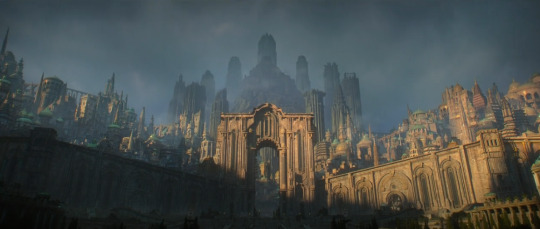
Does this look like a colorful Ancient Greek city to you. This is not even Ancient Greek architecture.
It's on screen for exactly 6 seconds before we cut to Zeus' domain, which looks like a boring platform with a number of similar-looking stone-cut thrones. That's it. That's the entire "daze" of the show.
The entire place is empty too. There's no one but Percy. There are no muses, or minor gods, or demigods, or literally anyone there.
They drained the fun out of Mount goddamn Olympus.
P. S. I'm just reminding you that the TLT movie Riordan hates with such burning passion made MO resemble Athenian Parthenon. Like it's still gloomy as hell but it looks Greek:
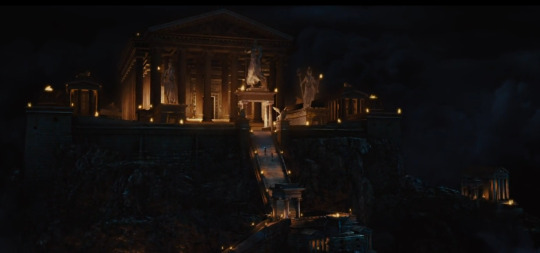
#🏛️#....does Richard know how Mediterranean architecture looks because it was not Greek not Roman not even Iranian or Egyptian.#Did the cultural erasure series culture....erase... again... no way.#Okay enough for me <3#pjo show crit#pjo tv crit#pjo spoilers#🧍♂️#pjo
159 notes
·
View notes
Text

Armenian family from the village of Gharaghan (Ղարաղան) in Markazi, Iran, 1939.
Family archive
#armenian-iranian#armenian diaspora#armenia#armenian#armenian culture#indigenous#west asia#iran#markazi#gharaghan#middle east#indigenous west asian#armenians of iran#armenian history
83 notes
·
View notes
Text
i should have never dated an iranian person like i told myself i would never do it bc it would be too much intensity all in one place and i was RIGHT now that i've experienced it (smn who can engage in poetry in a similar way, talk in the same language, making all the cultural stuff gay and hot, etc) i feel like without those aspects things will just be missing Something like from now on . idk . let's drink black tea w saffron and then make out . i've never celebrated the solar new year or leapt over a fire the wednesday before or read romantic hafez poetry w someone who loves me romantically and now i crave it . so much
#maybe this is less the case if the person im dating has their own culture that theyre involved in and i can share in it#she basically said she only dates middle eastern ppl when we first met and i was like . huh?? and she said u can just never go back#and i thought that was silly but 🥴 yeah#anyway i am going to Perish The Thought even tho now my perspective on dating west asian ppl has changed forever#in that i would like to do it more . im still not going to like . limit myself etc etc im sure its just bc im still getting over her#one time i dated a japanese person who was super involved in their culture etc etc and it felt . different but similar#so maybe it rly is just wanting to date smn who is involved in their culture its just super extra bonus points if theyre west asian#and even more bonus points if theyre iranian (we will have a beautiful romance and end up killing each other tho)
38 notes
·
View notes
Text
"
In these days when we welcome a new Newroz, the symbol of rebellion and resistance in the history of oppressed and exploited rights, the fire lit for the sake of freedom, the earth is witnessing one of the bloodiest periods of the historical struggle between the oppressor and the oppressed. The four corners of our world are increasingly engulfed by war, occupation, massacre, hunger and poverty created by the imperialist capitalist system. While mass massacres are being carried out in Palestine and Gaza, the conflict continues in Ukraine; the deepening contradictions between the imperialist forces, the deadlocked system crisis, and the hot conflict situation in dozens of areas/regions as a result of these, almost evoke the footsteps of the third world war.
Despite the heavy oppression and siege, the oppressed and exploited peoples of the world do not hold back from resistance, struggle and rebellion. Women, who have no choice but to struggle against male domination and capitalism, became the harbingers of spring by filling the squares on March 8 and revolting in all areas of life. Women’s call for rebellion will meet the fire of rebellion of Newroz and the fight will grow!
March, a month full of massacres, resistance and uprisings, is indelibly engraved in the memory of the peoples of the region and the world, especially in Turkey and Northern Kurdistan, at a heavy price. One of the days of March that symbolizes resistance and rebellion is Newroz, a common heritage of the historical memory of peoples. March 21, the date of the triumphant conclusion of the struggle launched centuries ago by Demirci Kawa against the tyrant Dehak, has been flagged in the hands of those who struggle against the oppressors as the fire of freedom ignited by Kawa for centuries. The successors of Demirci Kawa, the creator of Newroz, have also raised Kawa’s struggle at the cost of blood and life under the most difficult conditions and carried it to today."
....
"It is a duty to raise the flag of rebellion against the Dehaks of today, just like the action of Kawa the Blacksmith, and to raise the revolutionary struggle. Against occupation, exploitation, poverty, oppression and isolation, we must raise the fire of rebellion of Newroz in every field, and grow the united revolutionary struggle against fascism, imperialism and capitalism.
Our salvation is in rebellion, united struggle, revolutionary war and REVOLUTION. There is no other way out for the oppressed and working people of the world. We call on the working class, toiling and oppressed peoples to join the Socialist People’s War for their liberation and to increase the organized struggle within the ranks of our Party.
Happy Newroz to our peoples, which is the holiday of resistance of the peoples of the region and the world, especially the peoples of Turkey and Northern Kurdistan. We respectfully commemorate all the martyrs of revolution, socialism and communism in the person of those who were immortalized while raising the fire of resistance of Newroz with their bodies, and we reiterate the promise that we will carry their struggle to victory.
* Newroz Piroz Be!
* Newroz is Rebellion, Take Up Rebellion!
* Long Live the Socialist People’s War!"
15 notes
·
View notes
Text

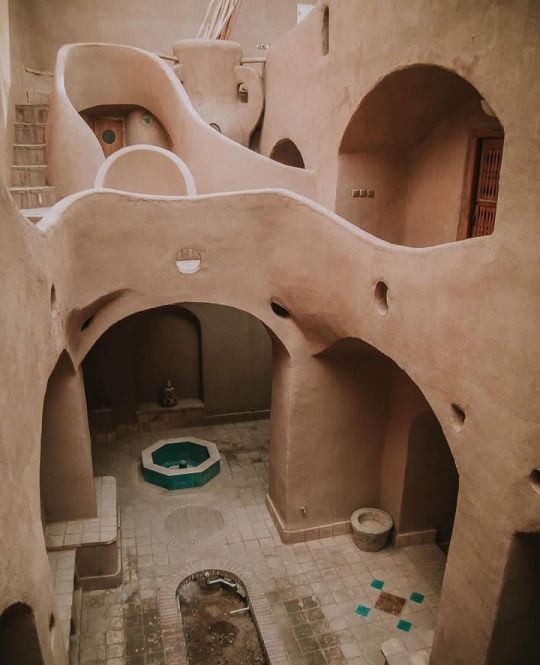
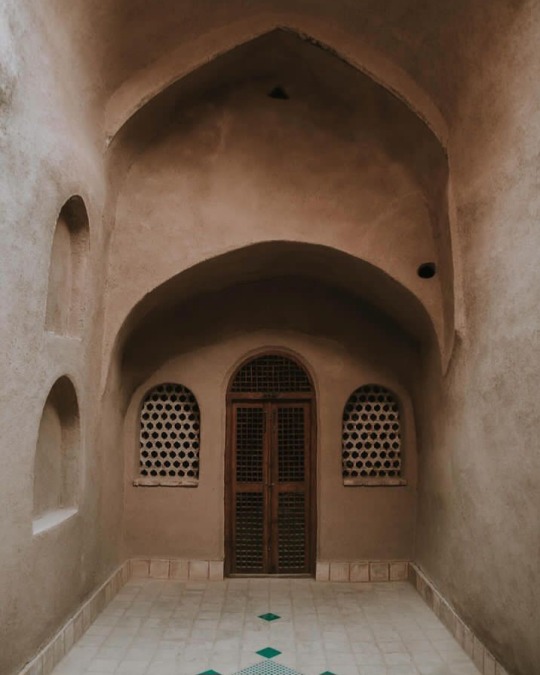
Akhavan House/ Kashan/ Iran
Photography: abolfazl sadr
#iran#persian#iranian#middle east#persia#travel#farsi#art#culture#architecture#kashan#persian architecture#persian art#traditional house#historical
3K notes
·
View notes
Text
"Bashu, the Little Stranger" - 1986
In the 1986 Iranian film "Bashu, the Little Stranger," a story unfolds against a changing landscape, symbolizing the resilience that emerges from adversity. The movie opens in a hilly, desolate region, deeply affected by the Iran-Iraq war. Bashu finds himself in a jarring situation, with his entire family killed and his village continuously under bombardment. To escape this dire situation, he takes refuge in a stranger's truck and remains there until he deems it no longer safe.
The original barren and destructive backdrop gradually gives way to a lush green field as Bashu rides along to a different part of Iran. He eventually arrives in the farm fields of Nai and her children.
The film introduces us to a world of cultural diversity within Iran, where both of the main characters, Bashu and Nai, speak different languages representing the country's rich diversity of ethnicities. Their bond, despite the language barrier, is heartwarming. Nai does everything in her power to protect and care for him, despite the multiple forces pushing her to use him for work or let go of him.

Nai’s practices and connections to nature shine through by mimicking animal sounds and creating a unique language of understanding. Bashu adopts these mannerisms as the movie progresses. The practice of eating with hands serves as a subtle reminder of enduring traditions amidst turmoil. The film also delves into themes of colorism and othering, which are representative of the multitude of ethnicities present in Iran and the tensions that may arise. Despite living in the same country, Nai and Bashu lived different lives.
Nai's decision to shelter Bashu against societal opinions demonstrates her strength and he learns to trust her. The film beautifully portrays the complexities of family, community, and war. “Bashu, the Little Stranger" , through the lives of its characters, reveals the power of acceptance, resilience, and the strength of human connections amidst the backdrop of a post-war Iranian landscape.
-رنيم
1 note
·
View note
Text
After making my friends watch atsv, I was challenged by one of them to design the Iranian spiderman
And i couldn't say no
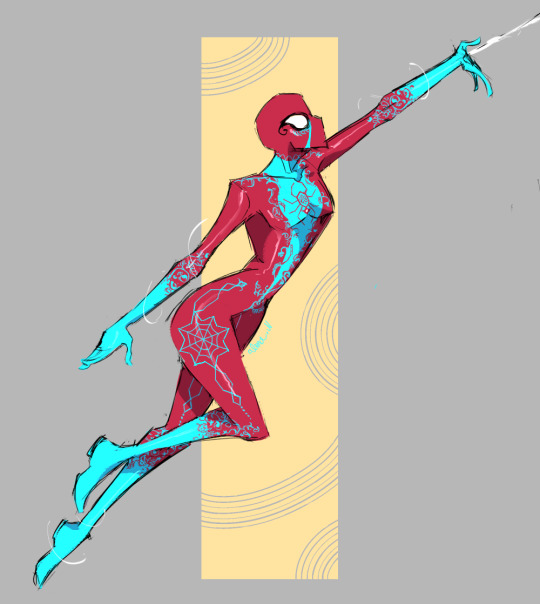
Also heres a little sheet i made of where i got the inspiration for each part of the design

#atsv#across the spiderverse#spiderman#spider man#spider woman#spider-woman#spiderman: across the spiderverse#into the spiderverse#spiderman: into the spiderverse#spider#iran#iranian#culture#design#character design#art#digital art#spiderman fanart#atsv fanart#across the spider verse fanart#into the spiderverse fanart#spider woman fanart#fanart#fan art#itsv#miles morales#spiderman 2023#gwen stacy#peter b. parker#spidersona
127 notes
·
View notes
Text
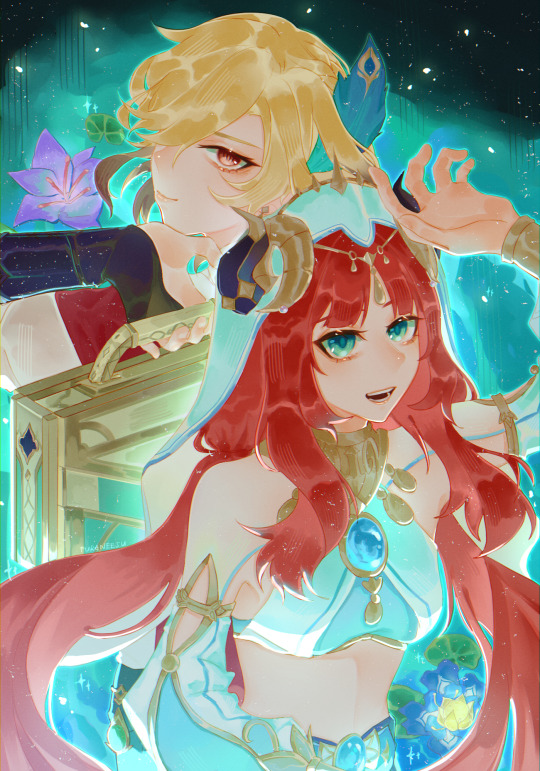
nabu malikata duo (aka the characters heavily associated or symbolized with/from the goddess of flowers by either canon or the fandom)
#genshin impact#genshin#genshin impact fanart#genshin fanart#genshin impact nilou#nilou#genshin impact kaveh#kaveh#sumeru#goddess of flowers#nabu malikata#furaneesu#my art#they are so precious and besties to me#also they're both iranian and take heavy inspiration and references from the culture and zoroastrianism and i think that's really cool
97 notes
·
View notes
Photo
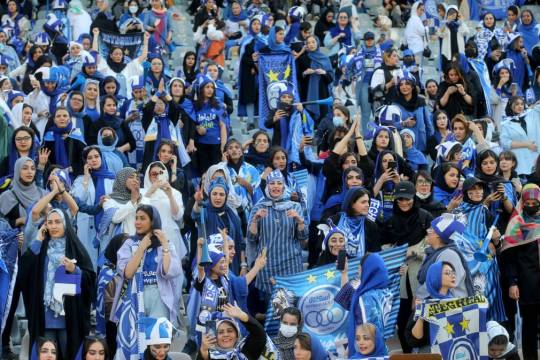
2022, Tehran, Iran: Women watch a football match between Esteghlal FC and Sanat Mes Kerman FC at the Azadi stadium, the first time women were allowed to attend a national football championship match since the 1979 Islamic Revolution.
Photograph: Hossein Zohrevand/Tasnim News/AFP/Getty Images
213 notes
·
View notes